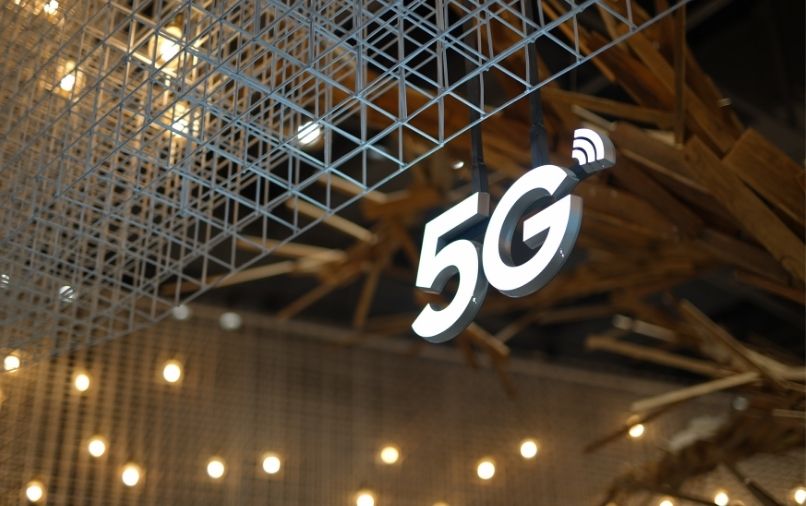- The ultra-reliable low latency communication (URLLC) capabilities of 5G were recently tested successfully by Optus and Ericsson using real-life industrial automation applications.
- In the demo, the one-way network latencies of under 1ms and reliability of 99.999% were achieved.
- Optus Enterprise head of core product 5G/IoT Zorawar Singh said that the trade-off disappearing indicated that humans and robots can coexist in shared spaces.

The ultra-reliable low latency communication (URLLC) capabilities of 5G were recently tested successfully by Optus and Ericsson using real-life industrial automation applications. These applications were provided by industry partners, SICK and Universal Robots. In the demo, the one-way network latencies of under 1ms and reliability of 99.999% were achieved. It utilised 3GPP URLLC Release 16 specifications running over 5G standalone architecture and mmWave radio.
According to Optus VP access network strategy Kent Wu Zeyi, “One millisecond is the faster than a human brain can react so the machine is actually even safer than human beings instructing our [own] body to react.”
Meanwhile, according to Optus head of 5G, Harvey Wright, “Previously, there was a trade-off between flexibility that could be delivered by wireless and reliability that is delivered by wired communication.”
“With ULLC you no longer have that trade-off,” he added.
Optus Enterprise head of core product 5G/IoT Zorawar Singh said that the trade-off disappearing indicated that humans and robots can coexist in shared spaces. “Now with URLLC you can have a wireless network that's ultra-reliable and that removes a fundamental constraint in power, logistics, warehouses, and ports. We are really keen in deploying this in commercial use cases across the Australian economy. And there's a lot of interest from organisations in taking the technology, taking the use cases and proving them out in the field and deploying them.”
“What we're looking at here is probably 18 months away in terms of actually bringing it to market,” said Wright. “The range of use cases where this can be applied is very broad...Optus is currently partnering...with enterprise customers to explore the potentials of this technology and apply it to a variety of different use cases.”
“It takes 18 months for the ecosystem to develop the chipsets, the machineries, and the automatic integration with the 5G network,” Wu Zeyi further added.
Also, Wu Zeyi said that “mmWave is very suitable for an in-building type environment where you have the medium to short range of operations and sub 6GHz can be better as it has a wider range of propagation - covering 100-200m. It will always depend on the actual bandwidth available and also the demand from the use case itself.”
Meanwhile, at Nokia’s 5G Futures Lab at UTS, they are exploring the wider effects of bandwidth and latency limitations beyond URLLC.
“Current bottlenecks in sensing and perception are the required bandwidth and computational power to process and make sense of the incoming data,” Nokia Oceania CTO Rob Joyce said.
“High throughput sensors, such as high-resolution cameras and 3D LiDARs, for example, produce a wealth of data that needs to be transmitted to and processed by the cobot’s processing unit. 5G connectivity and 5G edge computing will alleviate the challenges of data rate and processing requirements by using high speed, low latency wireless communication to offload most, if not all, of the robot’s processing to powerful edge cloud computing platforms.”


